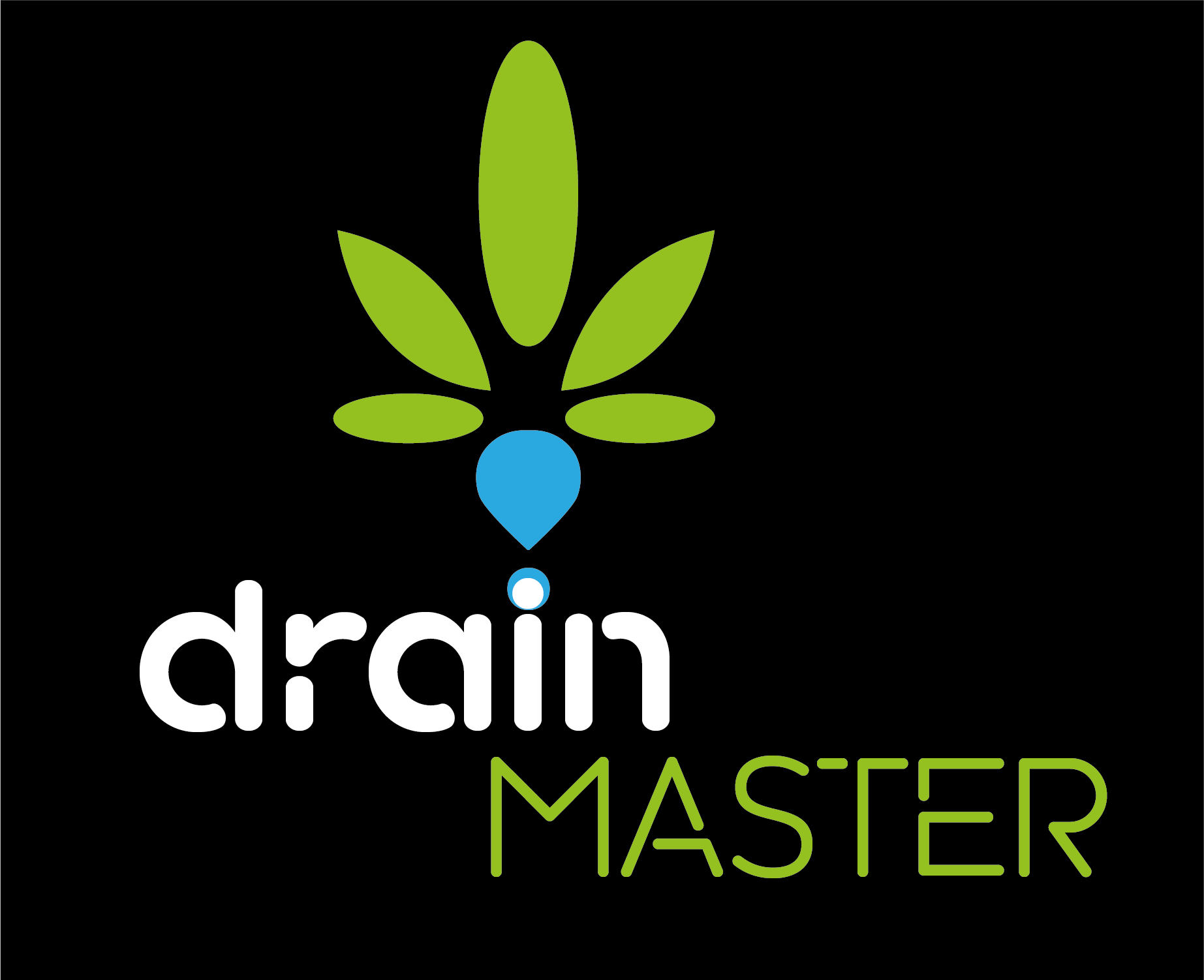Optimal plant growth by controlling the pH value
The right pH is crucial for the growth and health of your plants. On this page you will learn how you can easily measure and control the pH value of irrigation water and soil with the DrainMaster Drip Stand to create optimum conditions for your potted and house plants.
What is the pH value?
The pH value (Potentia Hydrogenii) is a measure of the acidity or alkalinity of a liquid, such as water or soil solutions. It is measured on a scale of 0 to 14, with 7 being neutral. Values below 7 are considered acidic, while values above 7 are considered alkaline. The pH value is of crucial importance for plant growth, as it influences the availability of nutrients in the soil. Optimal nutrient uptake is essential for healthy plants and can be compromised if pH levels are incorrect.
Soil pH varies from region to region and may also vary within a garden. Generally, soil pH should be in the 6 to 7 range to ensure an ideal growing environment for most plants. However, some plants prefer acidic or alkaline soils and do best at specific pH levels.
How do I measure the pH value?
To measure pH, there are several methods, such as using meters or pH test strips. A popular and precise option is to use the APERA Instruments PH20 and PC60-Z meters, especially when measuring the drainage water that drains from the pot after watering. This method provides information about the pH of the watering water, as well as the soil in which the plant grows.
With the DrainMaster Drip Stand and the APERA measuring devices, you can measure the pH value of the drainage water easily and precisely. Water the plant until a sufficient amount of drainage water is collected in the collection tray. Then pull out the tray and measure the pH value of the drainage water with an APERA Instruments PH20 or PC60-Z meter for optimum results.
-
Measuring devices, EC Value, Multi measuring devices, pH value
Add to cart-15%Regulärer Preis: 232,00 €197,20 €
What is the significance of the pH value?
The pH plays a crucial role in plant growth and health. An optimal pH value enables ideal nutrient uptake and thus ensures strong and healthy plants. In a garden, pH usually ranges between 6 and 7, but some plants prefer acidic soils with a pH of 4.5 to 6, while others thrive in alkaline soils with higher pH values.
Plants have different pH preferences
Alkaline soil preferring plants:
- Succulents:
- Echeveria
- Aloe vera
- Sedum
- Herbs:
- Lavender
- Thyme
- Rosemary
- Flowering plants:
- Geraniums (Pelargonium)
- Daisy (Bellis perennis)
- Clematis
Acidic soil preferring plants:
- Heather family (Ericaceae):
- Rhododendron
- Azaleas
- Blueberries
- Fern plants:
- Sword fern (Nephrolepis exaltata)
- Ribbed fern (Blechnum spicant)
- Flowering plants:
- Hydrangeas
- Camellias
- Begonias
Please note that this list is not exhaustive and there are many other plants that thrive in alkaline or acidic soils in pots or containers. It is important to research the specific needs of each plant and adjust the soil accordingly to ensure optimal growing conditions.
Depending on the type of plant, different pH values may be preferred. Various measures can be taken to adjust the pH of the soil. For example, to lower the pH can be used bark mulch or peat, which makes the soil more acidic. On the other hand, the pH of the soil can be increased by lime fertilization, which makes the soil more alkaline.
It is important to know the specific pH requirements of the plants in your garden or home to create optimal growing conditions. By regularly measuring pH and adjusting as needed, you will ensure that your plants have the proper nutrient uptake and are thriving healthily.
The DrainMaster Drip Stand is an ideal tool for easily and effectively measuring and controlling the pH value of the irrigation water for your potted plants or houseplants. By using this Drip Stand, you can ensure the right amount of fertilizer and the right pH value for your plants.

